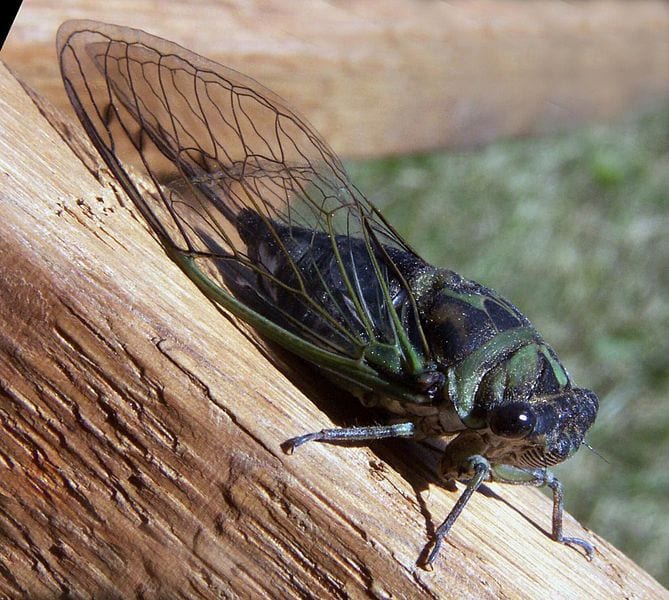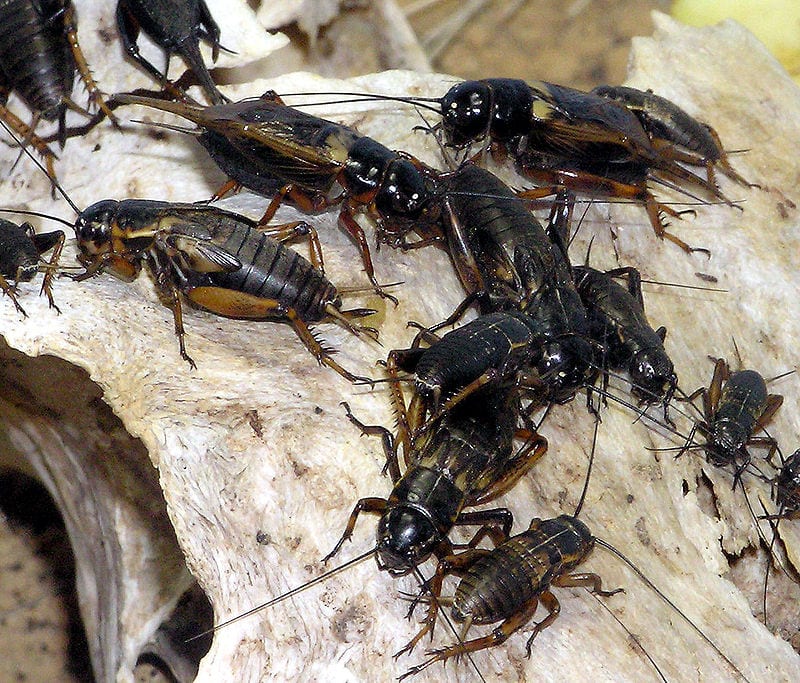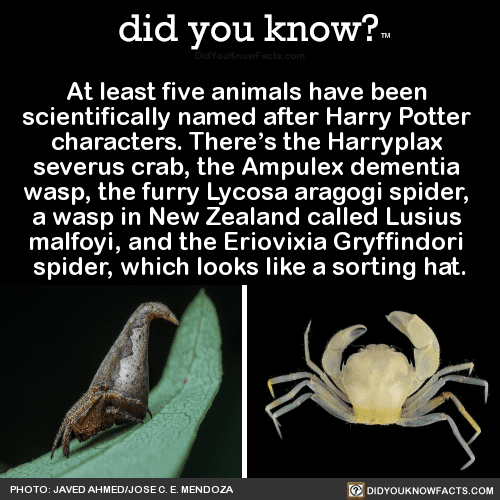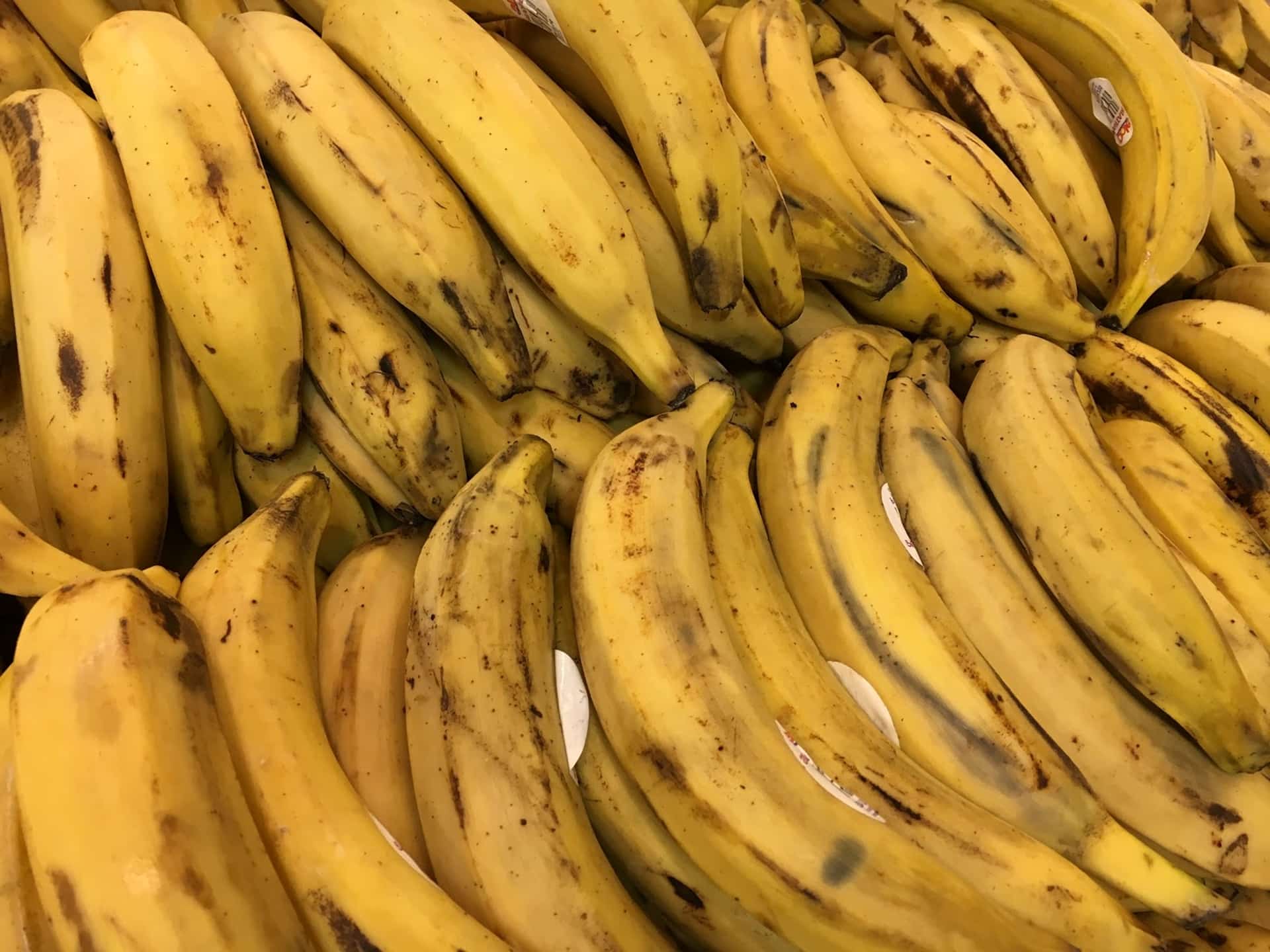If you thought July was hotter than usual, you were right.
According to the US National Oceanic and Atmospheric Administration (NOAA), July was not only the hottest July of all time, but the hottest month since we began keeping such records back in 1880.
The average global temperatures were nearly a full degree Celsius over the 20th-century average.
July 2019 came right after the hottest June ever recorded, which saw temperatures climb 2 full degrees Celsius over average for the time.
9 of the 10 hottest Julys have occurred since 2005, so despite statements from some public leaders that global warming is a hoax, the data points to the contrary. This July, as a matter of fact, was the 415th consecutive month with above-average temperatures across the globe.
Also according to NOAA, satellite data for July shows the lowest polar ice levels ever recorded – one more reason for concern, if you ask Professor of Climate Science Richard Allan.
“Just as one swallow does not make a summer, one record month does not tell us much on its own since the fickle nature of weather systems and the slow sloshing about of the ocean can sometimes temporarily warm or cool the planet. However, the clustering of recent record hot years and months, the longer-term warming trend and our understanding of the physics of the atmosphere and oceans confirms that our climate is heating up, it’s our fault, and the way to stop this is to reduce and begin removing emissions of greenhouse gases.”
Full stop.
Now, let’s agree to do something about it before it’s too late.
The post July 2019 Was the Hottest Month on Record…so Far appeared first on UberFacts.
 When I first had the idea about selling my artwork one of my biggest concerns was my packaging and how it would effect the environment! Therefore, after doing some research I found a company @ecocraft_ltd . Eco craft produce bio-degradable packaging bags made from potato/corn starch. They look and feel exactly like cellophane bags,however, are sustainable making my products have a better impact on the environment,meaning less single use plastic!!
When I first had the idea about selling my artwork one of my biggest concerns was my packaging and how it would effect the environment! Therefore, after doing some research I found a company @ecocraft_ltd . Eco craft produce bio-degradable packaging bags made from potato/corn starch. They look and feel exactly like cellophane bags,however, are sustainable making my products have a better impact on the environment,meaning less single use plastic!!  Therefore, all my prints will be packaged using these green bags along with all my postage envelopes that can be recycled.
Therefore, all my prints will be packaged using these green bags along with all my postage envelopes that can be recycled. 
 !
! @zistat Follow
@zistat Follow  • • • • • #glock #glock19x #ga #south #2ndamendment #defendthesecond #concealedcarry #military #carry #righttobeararms #righttocarry
• • • • • #glock #glock19x #ga #south #2ndamendment #defendthesecond #concealedcarry #military #carry #righttobeararms #righttocarry #impulseinktattoo #cattattoo #cutetattoo #kittytattoos #hudsonwi #tattooshop #tattooparlor #minnesotatattoo #
#impulseinktattoo #cattattoo #cutetattoo #kittytattoos #hudsonwi #tattooshop #tattooparlor #minnesotatattoo #



















